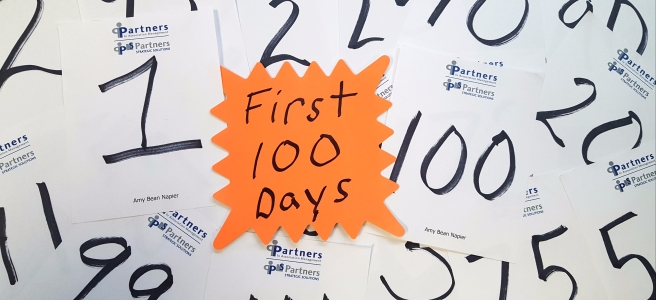During a conversation last week with veteran lobbyists about how COVID-19 will impact advocacy, it became clear that there are four keys to effectively advocating your member’s concerns in 2021 and beyond: Contacts, Conciseness, Coalitions, and Communication. We were shooting an episode on this topic for Partners’ video-blog, Association Peeps in Cubicles Drinking Coffee, and while the conversation touched on many topics, those four threads were woven throughout.
Contacts: Establishing contacts and relationships with elected officials and staff is the time-tested key to successful advocacy. I know you’re probably thinking, it’s all about “who knows who” and that hasn’t changed. What has changed, however, is that COVID-19 has caused the near-lockdown of many state capitols. For example, in the past you may have been able to set a meeting with a legislator you didn’t know. The chance of doing that in 2021 is severely diminished if not eliminated altogether. Associations and non-profits need to up their grassroots ground game and have their members connecting and reconnecting with legislators ASAP to cement and build those relationships so the call will be taken or the text will be responded to when it comes. If you’re in Florida, you have 5 weeks to get that done! Don’t forget about committee, agency and legislative staff.
Conciseness: Being concise should go without saying when dealing with elected officials. They are expected to be knowledgeable and informed on a vast number of topics. They simply cannot read everything. Are they more likely to read a single-spaced mini-dissertation or “5 Reasons Why House Bill 94263 is Bad for Consumers” in bulleted format? Limited access to the capitol buildings and legislative offices means increased volumes of e-mails, text messages, phone calls, letters, etc. So, leave out the minutia, communicate the key points, include links to supporting information and if they want more information they will contact you.
Coalitions: The “intelligence” typically gathered when lobbyists and association staff run across each other in the halls of capitol buildings, at lunch across the street, etc., will be significantly diminished. Coalitions of interest groups, whether they be industry-based groups, groups with common interest in a single piece of legislation, etc., are increasingly important in this new environment. The ability to compare notes on conversations with committee staff, legislative aides, legislators, executive agency staff and the like needs to be maintained. Strong coalitions can help accomplish that goal.
Communication: The fourth “C” that is embedded in all three of above is Communication. Conciseness is the “How” and the “What” you communicate. Contacts and Coalitions are the “Who” you communicate with. The “When” is a delicate balance of timing based upon the pace of legislation and volume of information you need convey. Depending upon the strength of each relationship, you probably can only “fire a few bullets” before a legislator or key staffer may begin to ignore your pleas, so be judicious in your outreach. Coalition members on the other hand may need to convene daily or more frequently during the height of a legislative session and less frequently at others. Slack, GroupMe, ZOOM and other technologies can assist here. Take all of these factors into account when planning your communication logistics.
It is difficult to advance a legislative agenda during “normal” times. 2021 will prove to be even more challenging. Heeding these 4 C’s will improve your chance for success. Good luck!











